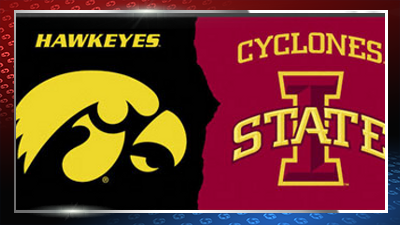You’ve almost certainly had to designate your beneficiaries on savings and checking accounts, life insurance plan, annuity, 401(k), pension, or IRA. All of these accounts are passed along at the time of death via beneficiary designation (sometimes referred to as payable on death (PODs) or transfer on death (TODs) accounts). It’s easy to forget, but beneficiary designations take precedence over whatever is written in your will. So, even if you have the six basic “must have” estate planning documents in place, you still need to address who is named as your beneficiaries.
I have a few simple tips for reviewing and protecting your important accounts:
- Be sure to name a primary beneficiary (or beneficiaries), using the appropriate beneficiary designation forms.
- Be sure to also name an alternate beneficiary in case the first beneficiary dies before you.
- Don’t name your estate as the beneficiary (not without lots of expert advice).
- Review the beneficiary forms once a year to make sure they still reflect your wishes.
- Update the beneficiary forms more often if there has been a change in your life circumstances, such as a birth, adoption, marriage, divorce, or death. For example, if you’ve gotten a divorce you may not want your ex-spouse to be the beneficiary of your life insurance.
- Each time you change the beneficiary designation form, send it to the organization that holds the account, and request they acknowledge receipt.

Checking your beneficiary designations is a smart estate planning step you can take today. But, of course, you’re going to need a solid estate plan to account for all of your assets that are not transferred via beneficiary designation. A great way to get your key estate plan documents started is by downloading my free, no-obligation Estate Plan Questionnaire. You can also contact me by phone (515-371-6077) or email with any questions or concerns.











